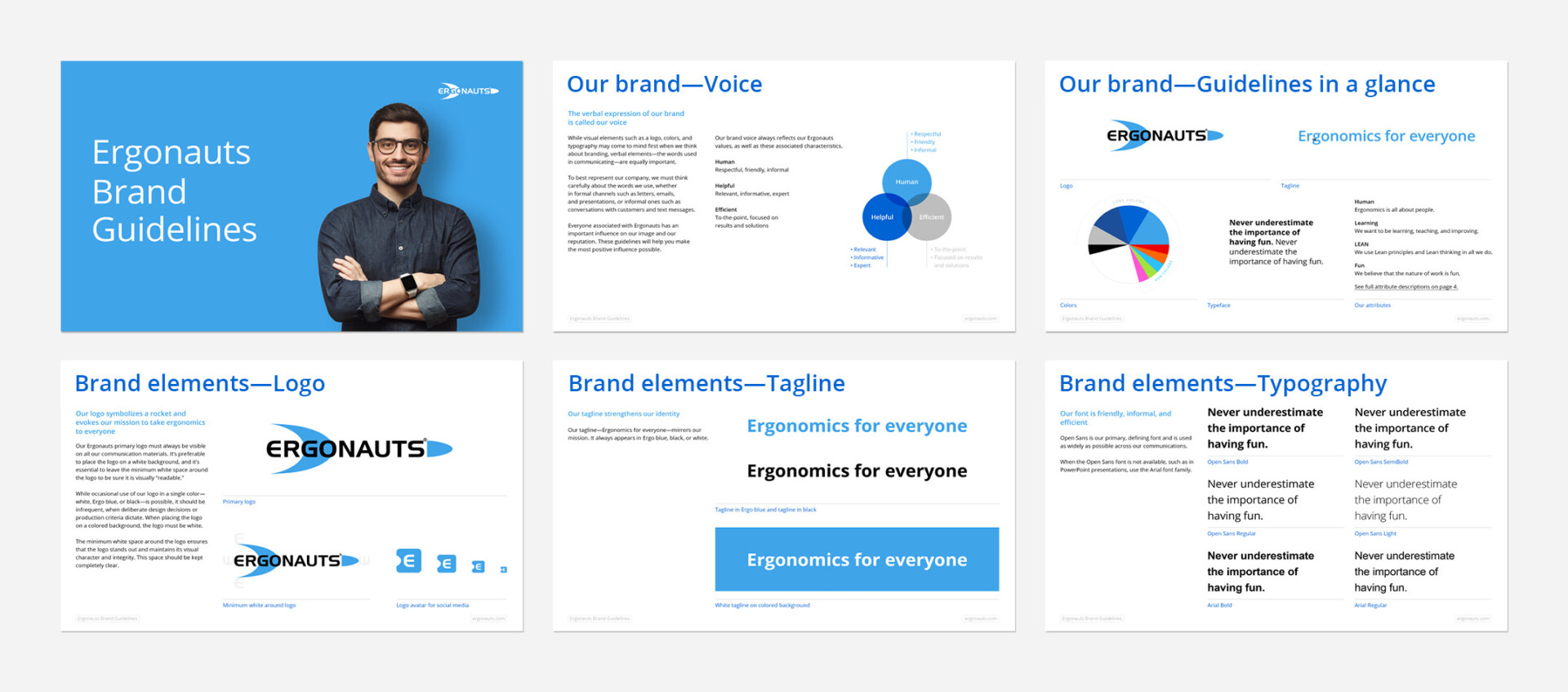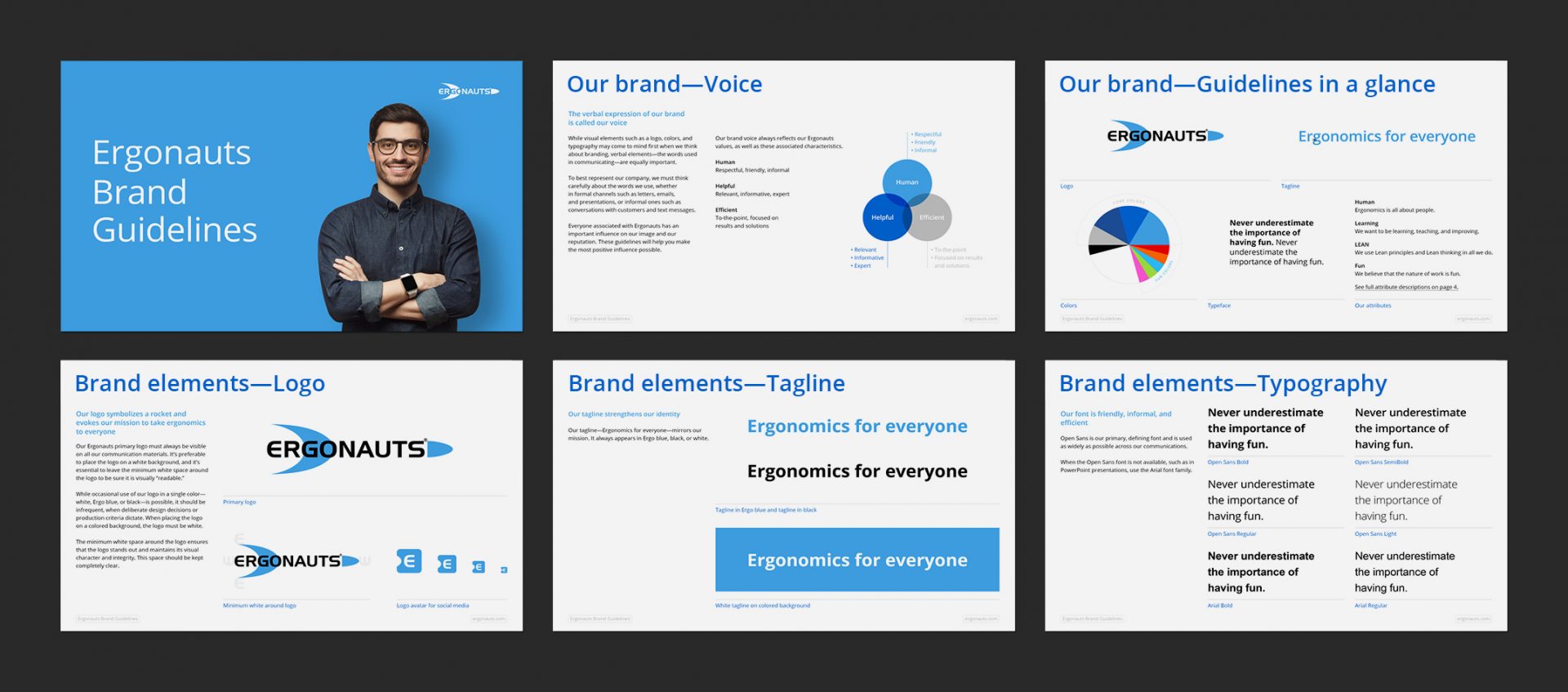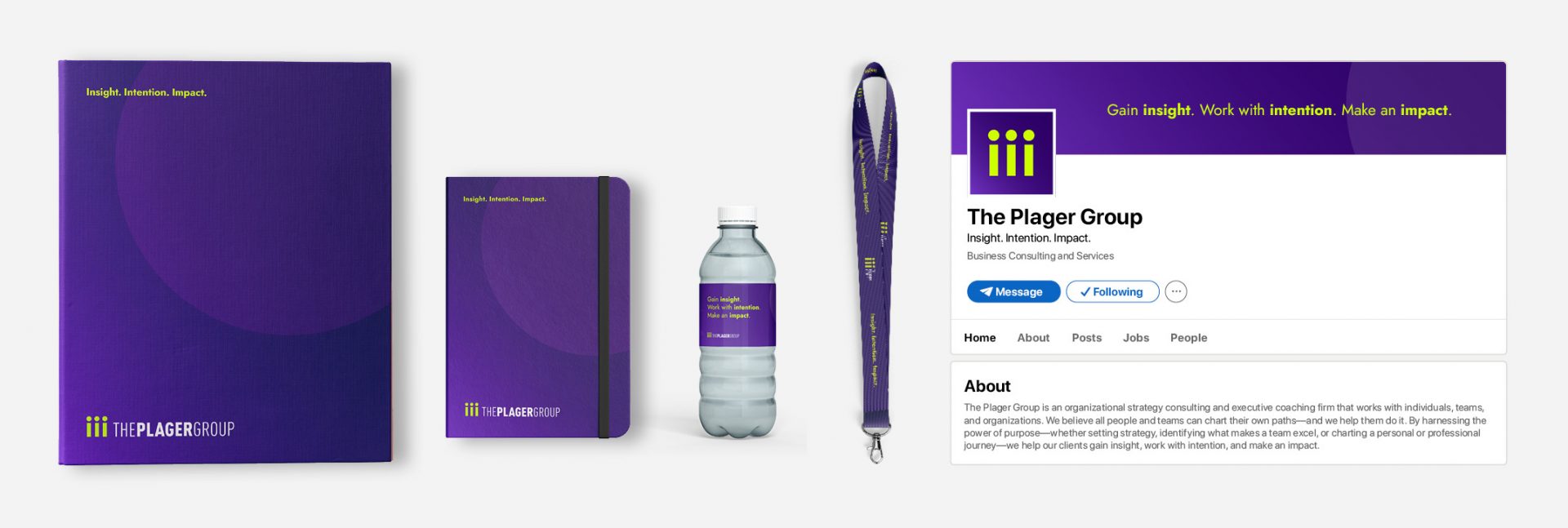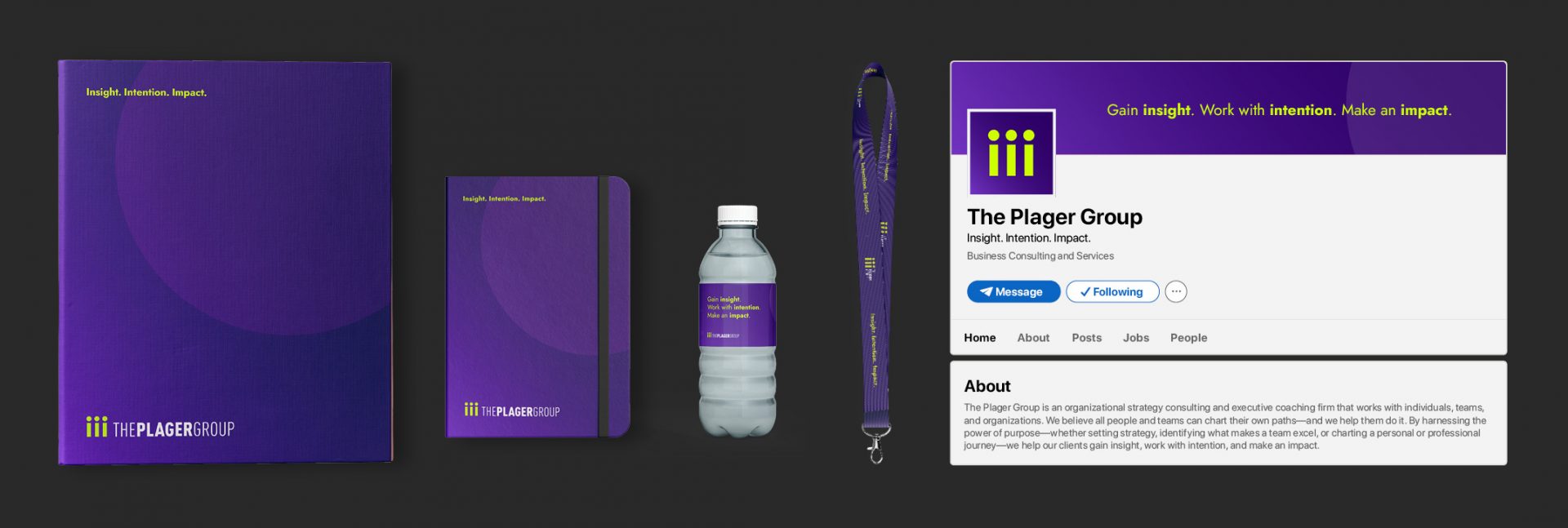A logo is just the beginning of your brand’s visual identity. Developing a comprehensive visual identity system with various design elements will provide the consistency needed for success and make creating new materials more efficient. Ideally, these elements should be designed at your brand’s launch, but it’s never too late to refine and expand them.
Consider these essential design elements if your brand’s design is becoming inconsistent or confusing. Investing time in developing these tools will save you time, money, and headaches in the long run.
Logo
Your logo is the foundation of your visual branding. A well-designed logo is crucial, whether a wordmark (the name of your brand in a specific font) or a combination of a wordmark and an icon.
Logo versions
You may need alternate logo versions for different contexts, such as a square or long horizontal format. Limit the variations to avoid confusing your audience. Additionally, create black-and-white versions for versatility.
Brand guidelines
Create brand guidelines detailing specifications for using your logo and other visual elements. Outline clear do’s and don’ts regarding stretching, modifying, or altering the logo to maintain consistency and prevent misuse.
Typography
Define the typefaces, sizes, and style rules for your brand materials. Limit this to two fonts: a primary font for titles and headlines and a secondary font for body text. This keeps your design clean and consistent.
Colors
Select a set of colors for your brand materials, specifying Pantone, full color, and hex codes for print and digital use. A balanced palette typically includes a core brand color, an accent color, and supporting colors.
Icons
Develop an icon set that aligns with your brand’s identity. Icons enhance clarity in navigation, infographics, newsletters, and wayfinding while strengthening brand recognition, user experience, and campaign impact.
Imagery
Define a visual style that complements your brand. Whether through photography, illustrations, or a combination, maintaining a consistent style—retro and faded, bright and saturated, or black and white—helps set your brand apart from competitors.
Examples
Create mock-ups demonstrating how your brand elements should appear in various contexts, such as collateral, signage, and LinkedIn banners. This helps establish a clear visual identity and guides future designs.





